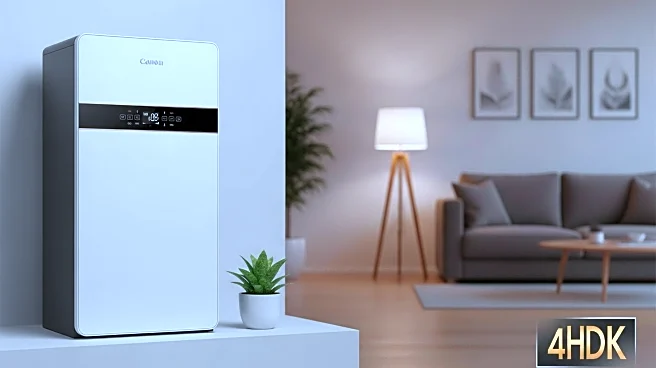What's Happening?
Smart thermostats are increasingly incorporating advanced AI features to optimize energy use and reduce costs. These devices offer remote app controls, scheduling, and presence sensing capabilities, which allow them to adjust settings based on home activity patterns. Over time, presence sensing feeds data to algorithms that build a profile of consistent home activity, enabling thermostats to recommend adjustments or make changes autonomously. Users concerned about privacy can disable these features until they choose to allow their thermostat to learn more.
Why It's Important?
The integration of AI in smart thermostats represents a significant advancement in home energy management. By optimizing energy use, these devices can lead to substantial savings on utility bills, benefiting homeowners financially. Additionally, the ability to tailor energy consumption to actual usage patterns contributes to environmental sustainability by reducing unnecessary energy waste. As smart home technology continues to evolve, these features may become standard, offering widespread benefits across the residential sector.
What's Next?
As AI technology in smart thermostats becomes more sophisticated, we can expect further enhancements in energy efficiency and user customization. Manufacturers may introduce additional features that integrate with other smart home devices, creating a more cohesive and automated home environment. The ongoing development of AI-driven energy solutions could also influence public policy and industry standards, promoting greater adoption of smart home technologies.
Beyond the Headlines
The use of AI in smart thermostats raises questions about data privacy and security. As these devices collect and analyze user data, it is crucial to ensure that privacy-sensitive features are adequately protected. The balance between convenience and privacy will be a key consideration for consumers and manufacturers alike, potentially influencing future design and regulatory decisions.










